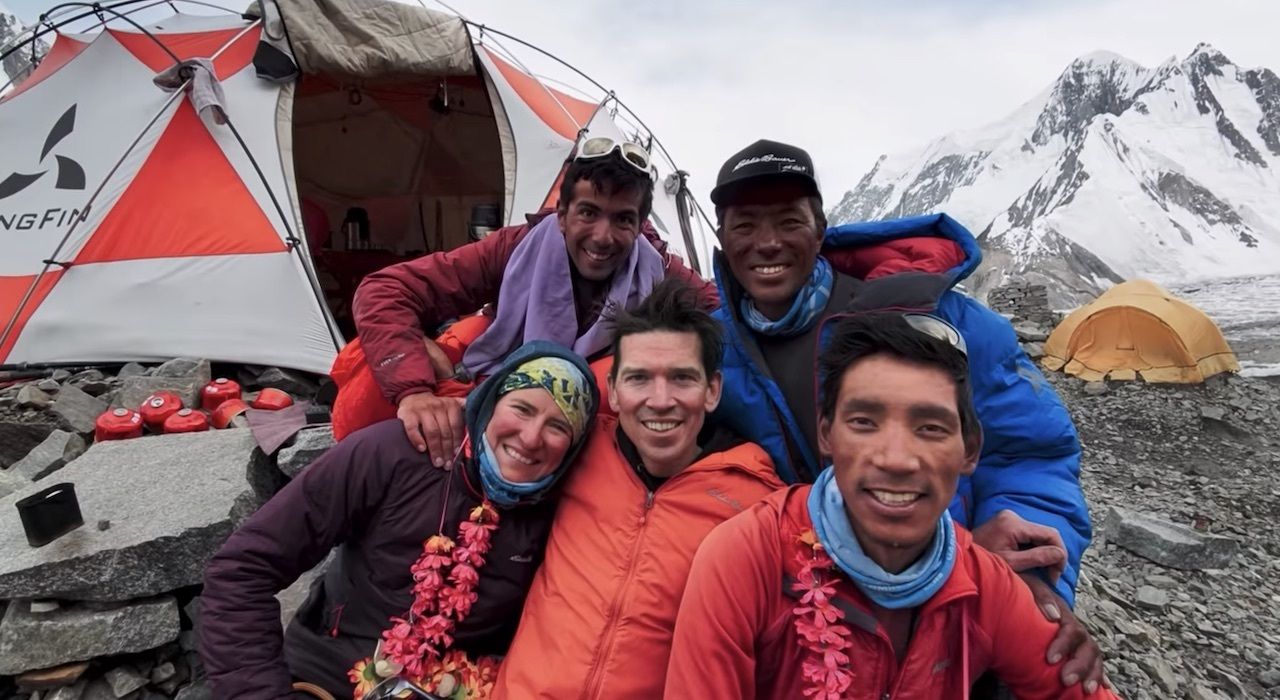K2 is known as the “savage mountain.” At 28,251 feet, this Karakoram peak is the world’s second tallest, behind only Mount Everest, but it is the world’s toughest mountain to climb. The new film Breathtaking: K2 – The World’s Most Dangerous Mountain stars renowned Eddie Bauer alpine climbing guides Adrian Ballinger and Carla Perez, along with photographer Esteban “Topo” Mena, in their attempt to summit the world’s second-highest mountain without supplemental oxygen.
The journey follows the pair through sickness and setbacks, including extreme weather and last-minute negotiations with striking sherpas, putting into vivid detail why K2 is the most dangerous mountain. With fewer people knowing about K2 versus Mount Everest, there’s a lot to learn from this film, particularly for the summit-curious and anyone planning an expedition outside their comfort zone. Here are nine of the most interesting things we took away from the film.


